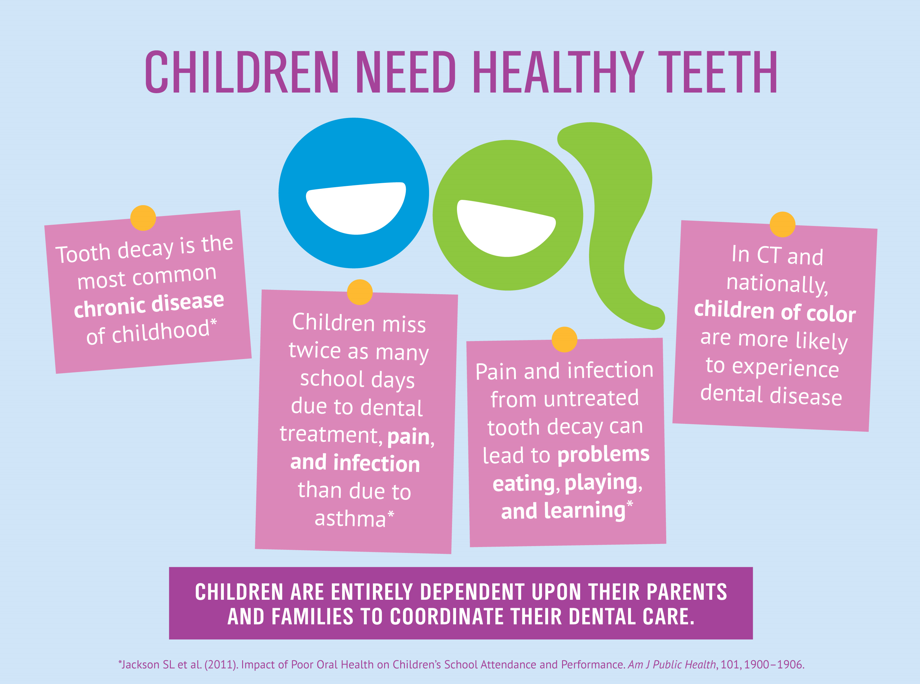Learn More About The Cutting-Edge Innovations That Are Transforming The Method Of Oral Surgery. Analyze The Future Of This Area And Placement Yourself Advantageously. Click Now For A Check Into The Future
Learn More About The Cutting-Edge Innovations That Are Transforming The Method Of Oral Surgery. Analyze The Future Of This Area And Placement Yourself Advantageously. Click Now For A Check Into The Future
Blog Article
Uploaded By-Reeves Mccall
Invite to the globe of dental surgery, where innovations and breakthroughs are forming the future of the field! In this amazing world, you'll witness the transformative power of robotics, the sophisticated wonder of 3D printing, and the game-changing influence of minimally invasive methods.
The future of oral surgery holds a pledge of precision, efficiency, and enhanced person results. With https://bestoralsurgeonsnearme95173.worldblogged.com/39019245/comparing-prices-oral-implants-vs-various-other-tooth-replacement-options of sophisticated robotics, cosmetic surgeons have the ability to do complex treatments with greater accuracy and control.
3D printing technology is transforming the production of dental implants and prosthetics, supplying tailored options that fit perfectly right into each person's one-of-a-kind anatomy.
In addition, minimally invasive methods are decreasing post-operative pain and recuperation time, permitting individuals to go back to their lives earlier.
Get ready to explore the interesting technologies and developments that are improving the landscape of oral surgery!
Advancements in Robotics
One major innovation in dental surgery is the use of robotic modern technology, which allows for specific and efficient surgical procedures. With the help of robot systems, oral surgeons have the capacity to execute complex surgical treatments with enhanced precision, reducing the threat of human mistake.
These robotic systems are equipped with sophisticated imaging modern technology and exact instruments that enable cosmetic surgeons to navigate with complex physiological structures easily. By utilizing robot technology, doctors can accomplish better surgical precision, resulting in enhanced person end results and faster healing times.
On top of that, using robotics in dental surgery enables minimally invasive procedures, lowering the injury to surrounding cells and advertising faster healing.
3D Printing in Dental Surgery
To enhance the field of oral surgery, you can explore the subtopic of 3D printing in oral surgery. This innovative modern technology has the potential to transform the way oral specialists run and deal with people. Right here are 4 essential methods which 3D printing is forming the area:
- ** Customized Surgical Guides **: 3D printing permits the creation of very precise and patient-specific medical overviews, boosting the accuracy and effectiveness of treatments.
- ** Implant Prosthetics **: With 3D printing, dental cosmetic surgeons can create personalized dental implant prosthetics that perfectly fit an individual's special composition, resulting in better outcomes and individual fulfillment.
- ** Bone Grafting **: 3D printing allows the manufacturing of patient-specific bone grafts, minimizing the demand for standard implanting strategies and enhancing recovery and healing time.
- ** Education and Educating **: 3D printing can be made use of to develop practical medical designs for academic functions, permitting oral specialists to practice complicated procedures prior to executing them on people.
With its possible to enhance precision, personalization, and training, 3D printing is an amazing growth in the field of dental surgery.
Minimally Invasive Strategies
To better progress the area of oral surgery, embrace the potential of minimally invasive methods that can considerably benefit both cosmetic surgeons and people alike.
Minimally read this post here are reinventing the field by minimizing surgical injury, reducing post-operative discomfort, and accelerating the recovery process. These strategies involve using smaller sized incisions and specialized tools to perform treatments with precision and efficiency.
By using advanced imaging modern technology, such as cone beam computed tomography (CBCT), cosmetic surgeons can properly intend and carry out surgeries with minimal invasiveness.
Additionally, using lasers in oral surgery permits exact cells cutting and coagulation, causing decreased bleeding and lowered healing time.
With minimally invasive strategies, people can experience much faster healing, lowered scarring, and improved end results, making it an important facet of the future of oral surgery.
Final thought
So, as you can see, the future of dental surgery is incredibly encouraging, with exciting advancements and developments shaping the area.
From the improvements in robotics to the use of 3D printing and minimally intrusive methods, dental surgeons are revolutionizing the method they provide treatment.
While some might fret about the prospective cost associated with these innovations, it is essential to bear in mind that these modern technologies eventually improve individual results and minimize recuperation time, making them well worth the investment in the long run.
